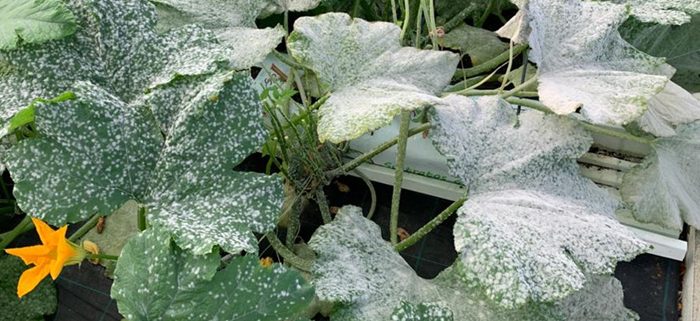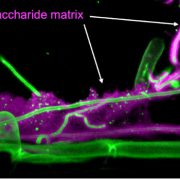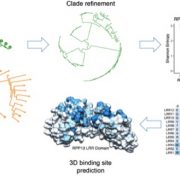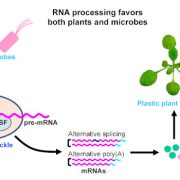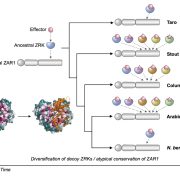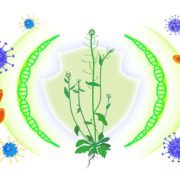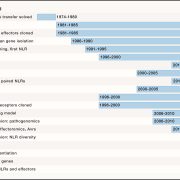The secret arsenal of phytopathogenic fungi
by Jesús Martínez-Cruza,b, Diego Romeroa,b, Jesús Hierrezueloa,b, Michael Thonc, Antonio de Vicentea,b and Alejandro Pérez-Garcíaa,b
aDepartamento de Microbiología, Facultad de Ciencias, Universidad de Málaga, 29071 Málaga, Spain
bInstituto de Hortofruticultura Subtropical y Mediterránea “La Mayora”, Universidad de Málaga, Consejo Superior de Investigaciones Científicas (IHSM‒UMA‒CSIC). 29071 Málaga, Spain
cInstituto Hispano-Luso de Investigaciones Agrarias (CIALE), Universidad de Salamanca, 37185 Villamayor (Salamanca), Spain
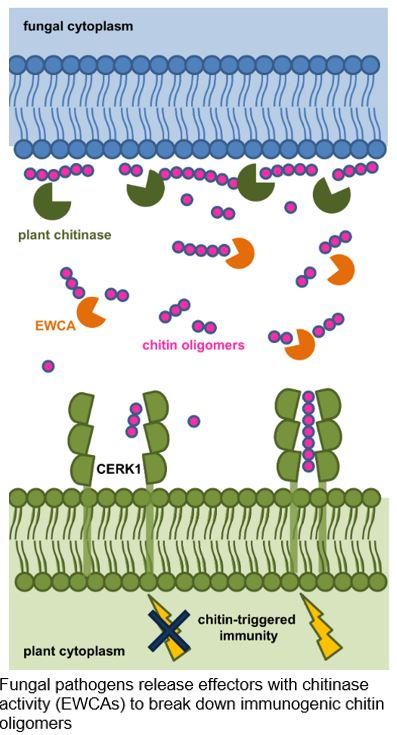 Background: During plant colonization, fungal pathogens overcome a series of defensive obstacles such as structural barriers and chemical compounds, as well as plant defense responses specifically activated against fungi. One of these responses is chitin-triggered immunity, in which specific plant receptors recognize chitin oligomers, ultimately leading to the expression of plant defenses, such as the production of reactive oxygen species and the accumulation of cell wall deposits. In response, fungal pathogens have developed different ways to subvert chitin host recognition, for example, by secreting chitin-binding effectors or modifying the fungal cell wall.
Background: During plant colonization, fungal pathogens overcome a series of defensive obstacles such as structural barriers and chemical compounds, as well as plant defense responses specifically activated against fungi. One of these responses is chitin-triggered immunity, in which specific plant receptors recognize chitin oligomers, ultimately leading to the expression of plant defenses, such as the production of reactive oxygen species and the accumulation of cell wall deposits. In response, fungal pathogens have developed different ways to subvert chitin host recognition, for example, by secreting chitin-binding effectors or modifying the fungal cell wall.
Question: Powdery mildew fungi are obligate parasites that obtain nutrients from living host cells. It is especially critical for these fungi to suppress the activation of plant responses; however, there is little information on how powdery mildews escape recognition of chitin. Podosphaera xanthii is the main causal agent of powdery mildew in cucurbits. During epiphytic growth, P. xanthii expresses a battery of secreted proteins with unknown functions. In this work, we set out to analyze the biological function of one family of those proteins using a combination of experimental approaches.
Findings: We discovered that this family constitutes a new family of effector proteins and that many fungal pathogens have similar proteins. We determined that these effector proteins are chitinases, which are released at pathogen penetration sites. We also show that these effectors are capable of breaking down immunogenic chitin oligomers to produce smaller molecules that cannot elicit plant immunity. Our results illustrate a new strategy developed by pathogenic fungi to manipulate the activation of chitin-triggered immunity.
Next steps: Powdery mildew fungi are diverse and infect many important crop species. Our goal is to identify proteins that are essential for powdery mildews and determine the role of these proteins in disease establishment. In particular, we are interested in fungal enzymes that may be suitable targets for the rational design of new fungicidal compounds.
Martínez-Cruz, et al. (2021). Effectors With Chitinase Activity (EWCAs), a family of conserved, secreted fungal chitinases that suppress chitin-triggered immunity. Plant Cell https://doi.org/10.1093/plcell/koab011


